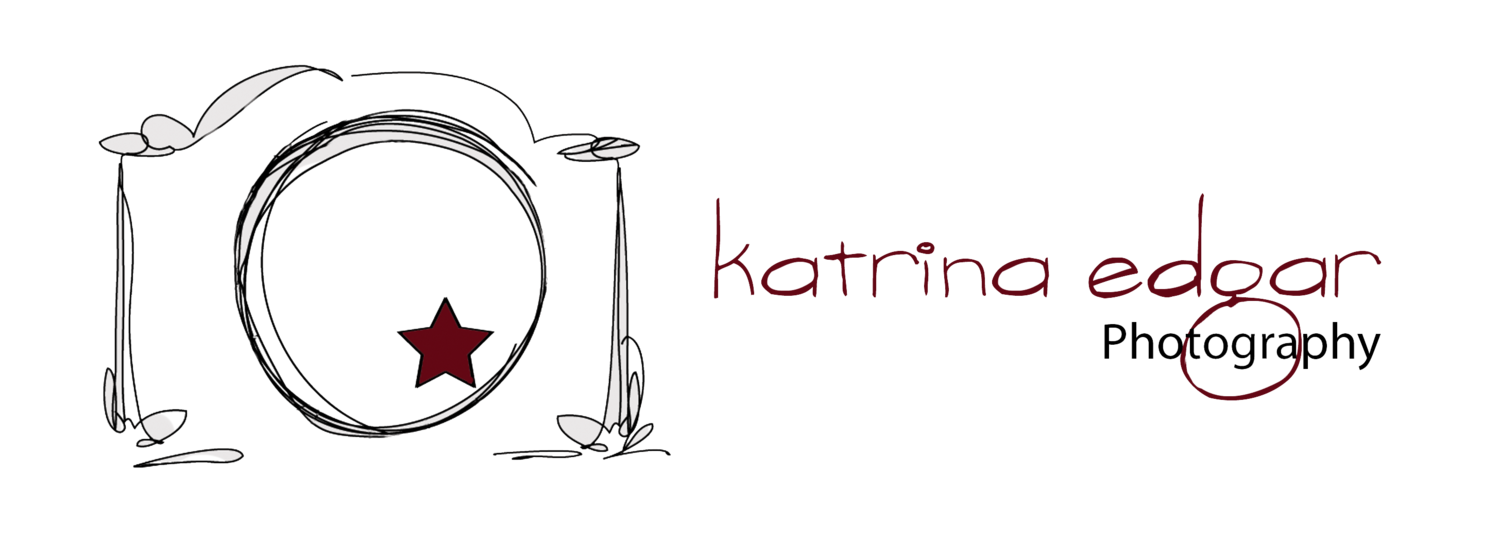Fine Art Prints vs Standard Photo Paper
I often get asked the difference between a standard Professional Photo Print and a Fine Art print.
Here are my thoughts....
My position on the products I sell, is that if you are framing it for your wall, always print on Fine Art Papers. If you are printing in bulk, for general use or a box of photos in your cupboard, normal photo paper is perfectly acceptable.
You should ALWAYS get images professionally printed. This is not meant to be a sales pitch, but why would you pay a pro Photographer to take your images and then print them on sub-standard kiosk printers? The difference in the end product is significant and I am happy to show you examples to prove it.
The choice of Fine Art vs Photo Papers comes down to personal taste. Fine Art prints can be very matte, low sheen and some people prefer the high contrast, glossy look of standard photo prints.
The following images attempt to show you the difference.
Photo print (left) vs Fine Art Print (right)
The first image is taken in consistent light with no reflection so you can see the photo print on the left and the fine art print on the right. Both look great. Colours are excellent and would be beautiful in the right frame. The Photo print has quite deep blacks and contrast and the Fine Art print is more subdued and smooth.
Photo print (left) vs Fine Art Print (right)
However, if you shift the angle (as above) somewhat to see a reflection of the light, you will see that the fine art print on the right changes very little but the photo print has a shine and is quite reflective. This is how the papers are designed and both are beautiful but if you plan to display your images behind glass in a frame, the fine art print will also reduce the glare significantly.
It is hard to appreciate the difference on a web page but I have plenty of examples to show my clients before they make their choices.
The following are some properties of each paper type to help you make your decision.
Fine Art
- Usually 100% Cotton rag but content can vary depending on brand and purpose.
- Acid Free, fine art paper is normally much thicker and is made from archival cotton rag. This results in a product that will last 75-100 years.
- Probably best defined as Matte paper but can come in many textures
- Galleries and Museums usually prefer fine art paper prints
- Require printing by professionals or specific fine art printers as the ink used are different and usually have a greater range of colours and blacks
- Fingerprints aren’t as visible but they may scratch easily and fine art prints should be framed as soon as possible to protect them.
Photo Papers
- Generally for high quality papers, photo papers are resin coated and fine art papers aren’t.
- Photos printed on very white glossy photo papers usually fade quicker due to the chemicals used in production (OBA’s if you are interested)
- Glossy and lustre/pearl papers have deeper and darker blacks and produce higher contrast, more saturated prints than matte paper but can be very shiny
- Coated papers are very smooth, shiny and results in a reflective surface. The end result of the photo often looks vibrant in color, crisp and sharp.
- Finger prints are more visible but will not scratch as easily as Fine Art
